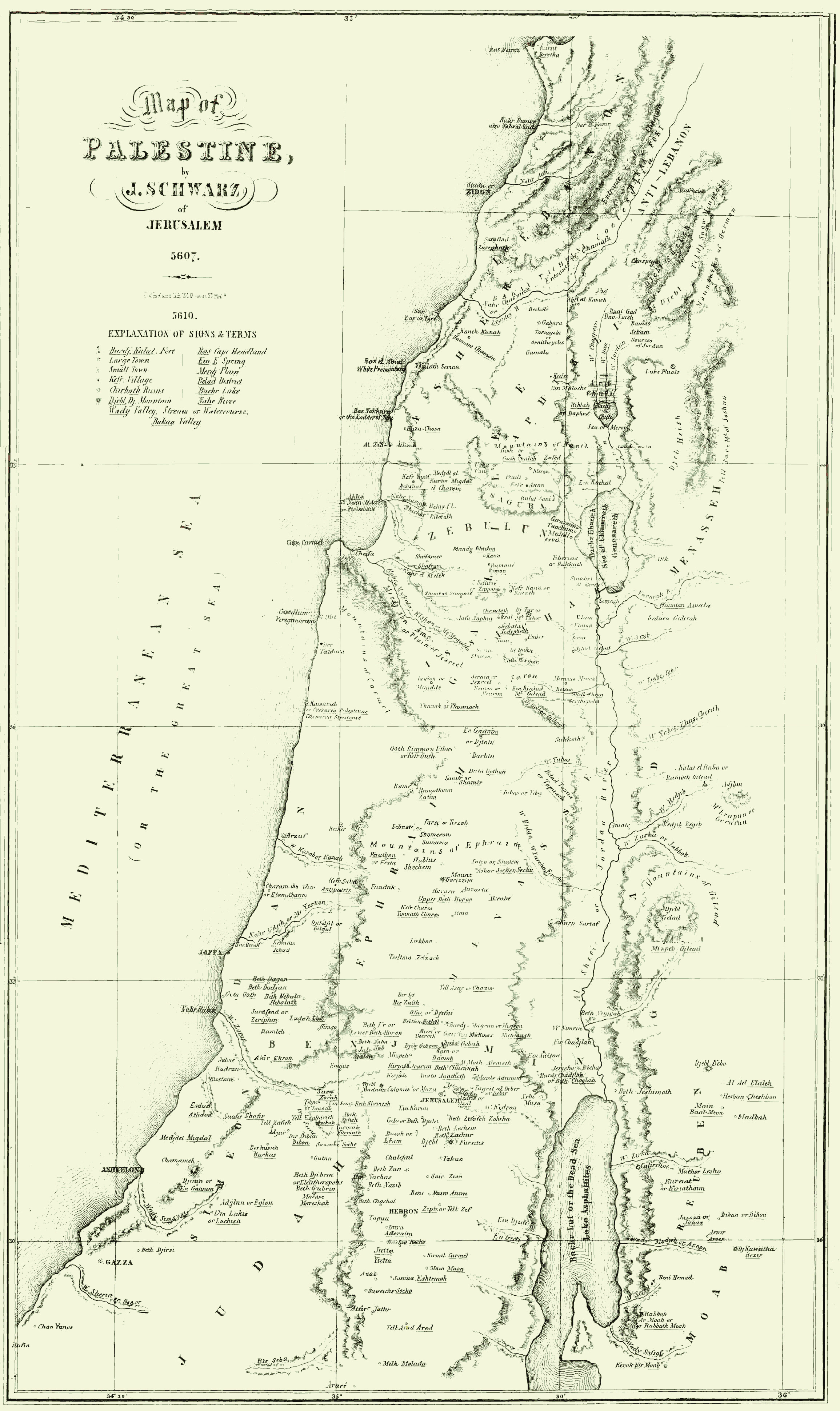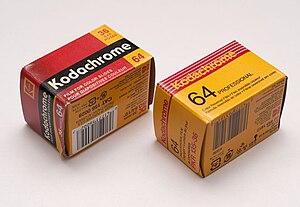This has to be the best advice we got from our
Nefesh b'Nefesh advisor: "We're all one big family, and we hate to see each other in pain," she said. This was her final word on how to handle the infamous Israeli Bureaucracy.
So last Thursday we were at the Israeli DMV in Beer-Sheva to finally get our application for our Israeli driver's licenses. No, wait it's more complicated than that...but you knew that already.
Why do we even want an Israeli driver's license? We already have New Jersey driver's licenses that serve us perfectly well. So, it's like this: you can't buy a car in Israel without an Israeli driver's license. Why is this? Like all unfathomable bureaucratic rules it goes back to the Russians. Before the influx of over a million Russian Olim in the '90s and '00s, you didn't need an Israeli drivers license to buy a car. Somehow the Russians, ever expert at exploiting the bureaucracy, managed to buy cars without any license at all, a loop hole the government was only too happy to plug with more bureaucracy.
Ok, so now we need a driver's license. To begin this process you need an application. You get this application at the optometry shop (not where you were thinking, was it?), where you also must get an eye exam to certify that you can see. (Perhaps there were many blind Russians buying cars, but who knows.) The eye exam is very perfuctory, but it is performed by a certified optometrist (usually Russian), who duly fills out, signs and stamps the form. The form itself is provided by the optometry shop, printed on security paper with your photo embossed thereon. All very official looking. Now, you can't go to any old optometrist shop to do this. Apparently there is a chain of optometry shops, at least in Beer-Sheva, that has a monopoly on this market. I can't remember the name, but that's where you must go.
Now, you must take the form to the local Cupat Cholim (your medical HMO), where you will leave the form over night so your physician can check off a few dozen boxes certifying that you are healthy enough to drive. There is a charge for this service, but oh wait, they forgot to mention when you dropped off your form that the first time is free, so no charge for us! Your family physician then signs and stamps his signature with his official government seal. (Hold this thought.)
So, now and only now, you can, as a previously licensed driver and new Oleh, take a single driving lesson that will allow you to just take the driver's, and not the written portion, of the state driving test. No wait, you can't do that yet. It turns out that now you must take your form to the DMV where they must fill out, sign and stamp their portion of the form that certifies that you, as new Oleh with a valid driver's license, are exempt from taking the written portion of the driving test.
This brings us to last Thursday, where we were waiting for our number 137 to be called, while they were at number 48 when we walked in.
We wait for our number 137 to be called.
Ninety minutes later our number is called, and we hustle up to the window where the clerk tells us that she will not be able to sign the form since our doctor forgot to stamp his signature with his official government seal. (Remember that thought I told you to hold in your mind?)
At this point I start screaming, being a charter member of the "When all else fails, scream at them" school. Pam, remembering the advice of our Nefesh b'Nefesh advisor, starts crying and begging, "Please, please there must be something you can do to help us." Visibly moved, the clerk behind the counter starts asking, "Why are you crying, why are you crying." She agrees to let us talk to her supervisor.
A surprisingly short time later we are talking to the supervisor who flatly says there is nothing she can do for us, the law is the law. I, of course, start screaming at her, taking her photo to post on the "Bureaucrats Wall of Shame" here, while Pam starts crying and blubbering explaining how hard it is for us to get to Beer-Sheva, how far we must come from Mizpe Ramon, please help us, yadayadayada. "Why are you crying, why are you crying?" the supervisor asks. She leaves the room and comes back in a few moments. "Ok, we have a compromise. We will fill out the form so you can take the driver's lesson and driver's test, you will get your doctor to stamp his signature, and when your driving instructor brings it in, we will put the official stamp on it."
Yeah!
We still have not taken our driving lesson and test, so we still have no driver's license. But it is scheduled for tomorrow. Slowly, slowly, step by step, inch by inch, the redemption comes.
As we left the DMV office Pam said, I remembered what our Nefesh b'Nefesh advisor said, 'When all else fails, try crying.' And it worked. 'We are all one family and we hate to see each other in pain.'


























































